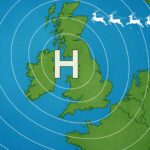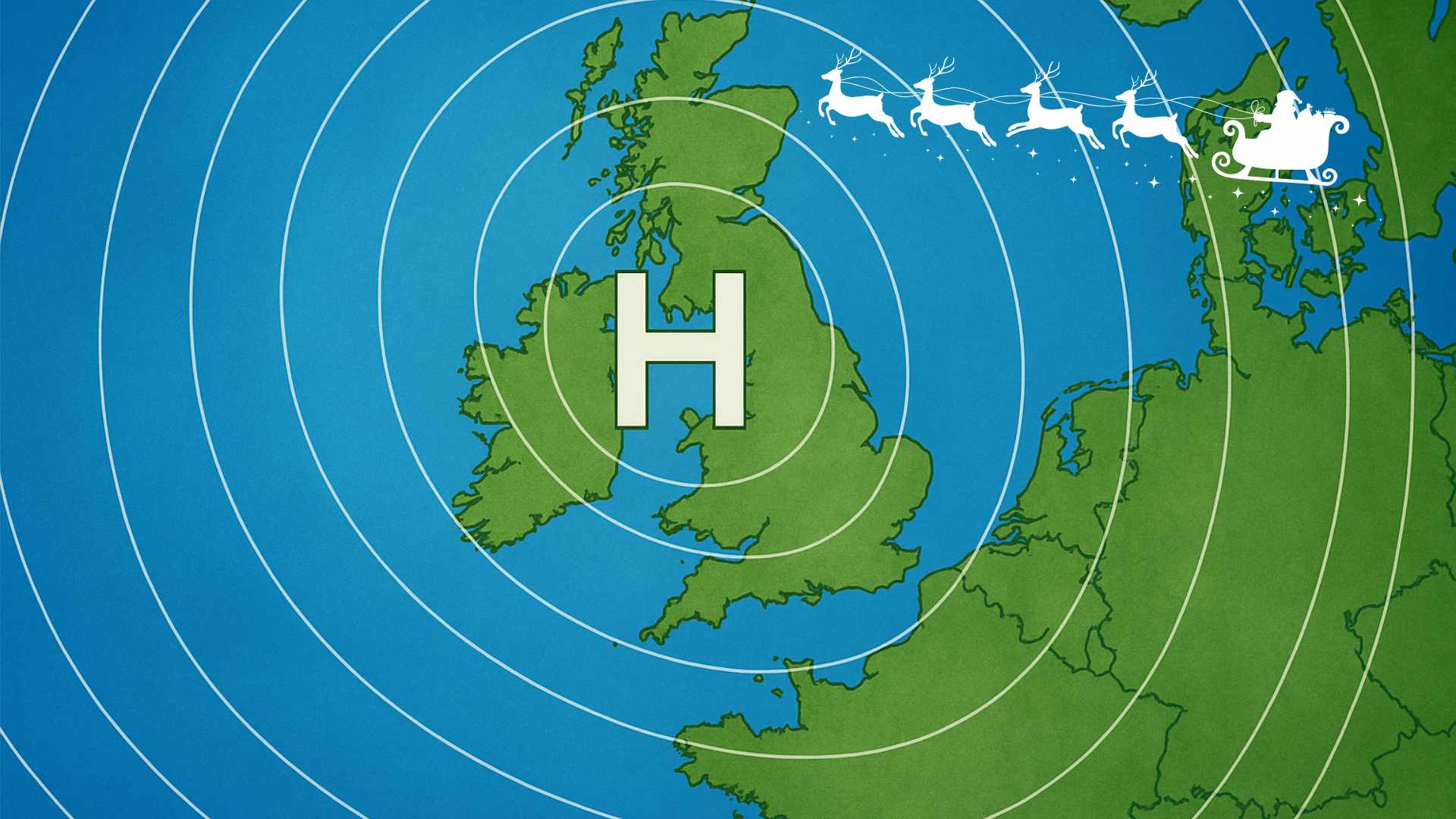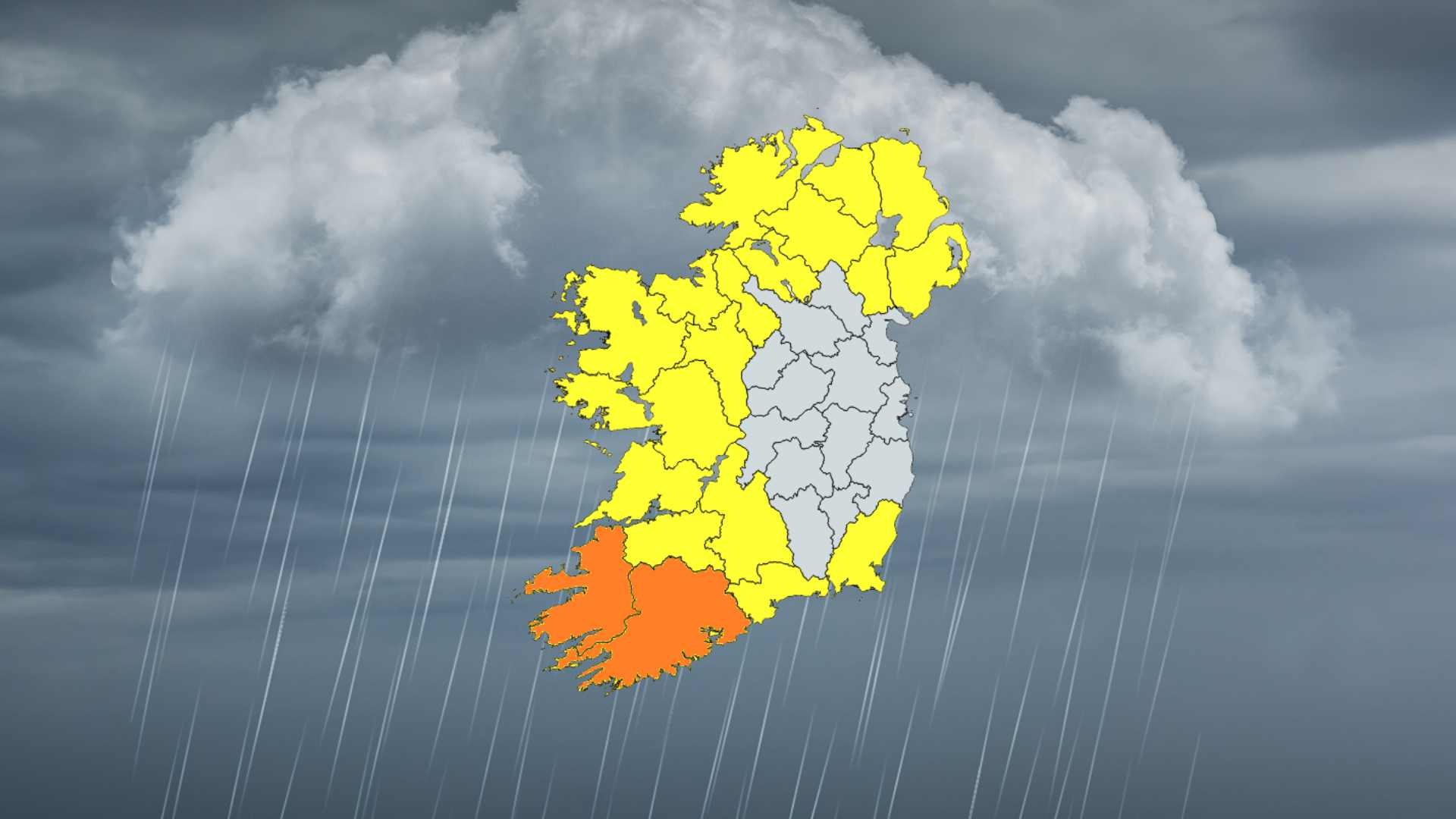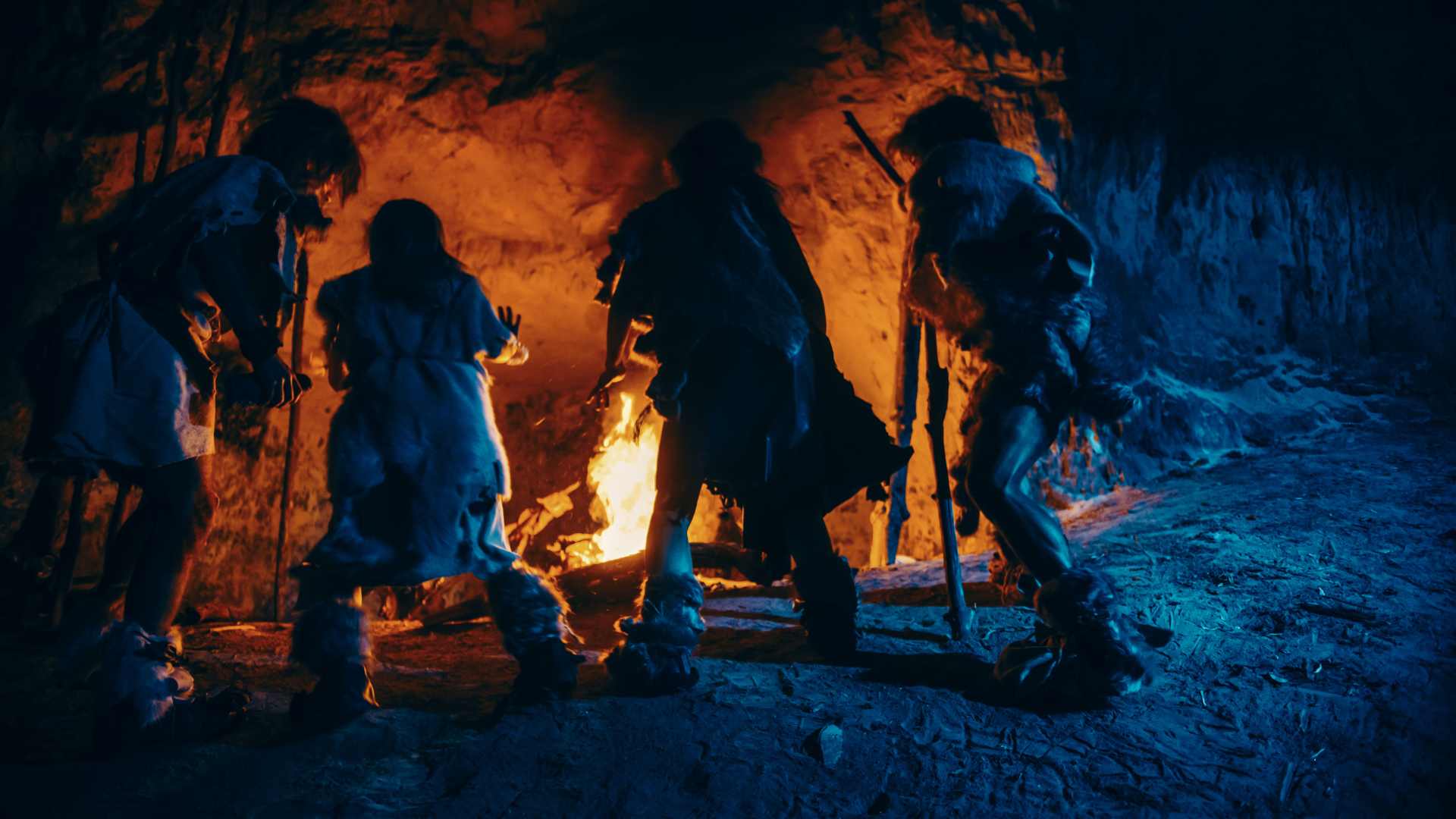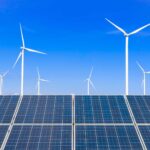
Northerly Winds Fuel Rapid Ice Loss in West Antarctica
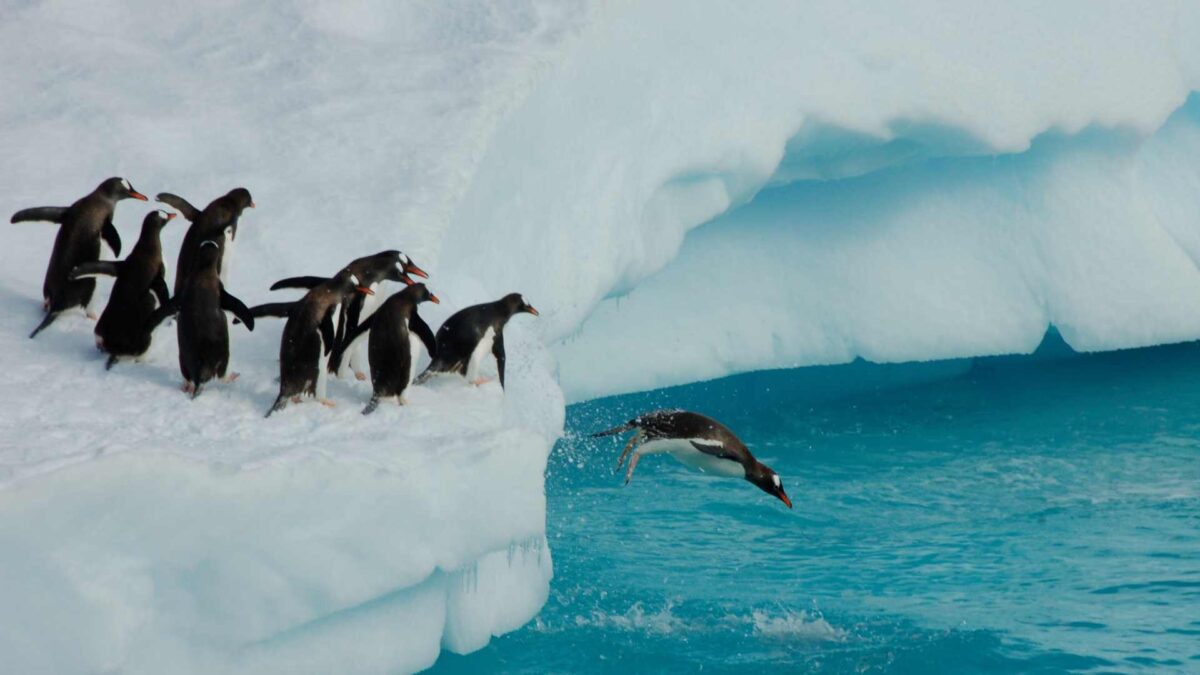
Northerly winds, rather than the long-suspected westerlies, are driving accelerated ice loss in West Antarctica, new research shows.
The findings raise urgent questions about rising sea levels and the stability of one of the world’s most fragile ice sheets.
The University of Washington study, published on September 10 in Nature Geoscience, used ice cores, tree rings, coral data, and high-resolution computer simulations to investigate what controls ice melt in the Amundsen Sea region. Researchers ran thirty separate wind scenarios, and northerly winds consistently emerged as the primary force accelerating ice shelf melt.
“These winds push sea ice into gaps called polynyas, trapping heat in the ocean,” said Kyle Armour, UW professor of oceanography. “The warmer water then melts the ice shelves from below and sets up currents that draw even more heat toward the ice.”
The West Antarctic ice sheet covers an area larger than the United States and Mexico combined. Its ice shelves act as a brace, holding the sheet in place. If they collapse, global sea levels could rise by up to six metres.
“For decades, we assumed the westerlies were the main driver,” said lead author Gemma O’Connor. “Our results show the real culprit has been the northerly winds all along.”
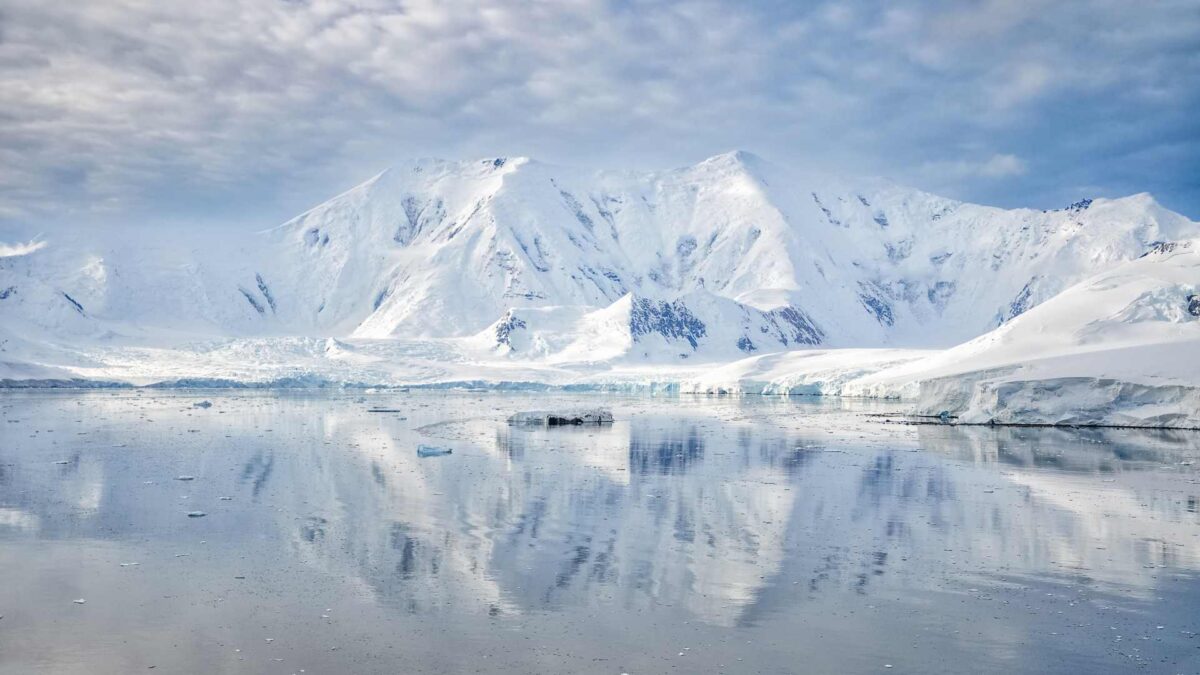
The study provides a new understanding of how local wind patterns influence ice loss in Antarctica. Researchers say it could improve predictions of sea level rise and help identify which parts of the ice sheet are most at risk.
The research involved teams from the University of Washington, Dartmouth College, and Hokkaido University, and received support from NASA, the U.S. National Science Foundation, and other international foundations.
Share this WeathÉire story: